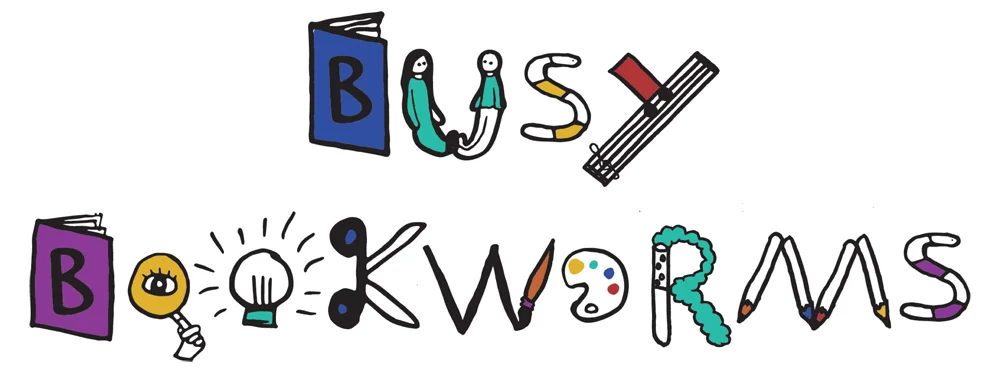When I first became a teacher (almost 15 years ago!), I began to hear the terms “gross motor” and “fine motor” discussed in planning sessions and staff meetings. They were concepts with which I was only vaguely familiar – I knew they had to do with muscle development and coordination, but I lacked a solid understanding of what motor skills were, how I could develop them in my students, and why they were so crucially important.
I suspect many parents feel the same way. Parenting blogs, websites and social media platforms suggest activities that are “great for fine motor development!” or “a good way to build gross motor skills!”, but unless they have worked in a related field, parents may have had no exposure to these concepts before. So I thought it may be useful to demystify gross and fine motor skills here, and suggest some resources and activities you can use at home to help your child develop them.
GROSS MOTOR SKILLS
Let’s start with gross motor skills. Firstly, these are unrelated to either cars (“motor”) or being disgusting (“gross”), but you might have already guessed that! According to the Kid Sense Child Development website, gross motor skills are those which require whole body movement and which involve the large muscles of the body to perform everyday functions, such as standing, walking, running, and sitting upright. They also include hand-eye coordination skills such as throwing, catching, and kicking a ball.
Gross motor skills are crucial for everyday self-care tasks like getting dressed (where you need to be able to stand on one leg to put your other leg into your pants without falling over!), and have an influence on other everyday functions. For example, a child’s ability to maintain table top posture will affect their ability to participate in classroom activities, and sit upright to attend to the teacher’s instructions, which then impacts on their academic learning.
Here are some great ways you can help your child develop their gross motor skills, such as muscular strength and endurance, balance, coordination and body awareness:
Hopscotch for hopping, or other games that encourage direct task/skill practice.
Simon Says for body awareness and movement planning.
Wheelbarrow Walking races for upper body strength and postural or trunk control.
Walking/climbing over unstable surfaces (e.g. large pillows), as it requires a great deal of effort and increases overall body strength.
Large balls: begin catching with a large ball/balloon and then move to a smaller ball.
Obstacle courses: these are great as they combine lots of gross motor skills together into one activity.
Climbing and swinging in the playground.
Swimming.
There are also some fabulous items available to purchase that will help your child actively develop their gross motor skills, such as:
The amazing Wobbel Board range, which provides endless possibilities for open-ended play, as well as strengthening core muscles and helping with balance.
This gorgeous selection of Hape skipping ropes – great for getting outdoors, and developing core strength and coordination.
Games which involve throwing and aiming at a target are excellent for hand-eye coordination, such as this Ring Around the Tree Toss.
FINE MOTOR SKILLS
While gross motor skills are generally developed through whole body movement, fine motor skills refer primarily to the smaller muscles in the hand. In an educational setting, they are often discussed with reference to writing, cutting, and the ability to manipulate toys such as Lego, puzzles and doll’s clothes. However, fine motor skills are also essential in many everyday tasks at home, including eating, getting dressed, cleaning teeth and tying shoelaces.
There are lots of ways to help your child develop fine motor skills at home, and some fabulous tools to help as well. Here’s a selection:
Clay and playdough are great for developing strength and control of the muscles in the hands, and there are many accessories available to extend your child’s playdough experience and keep them playing for hours!
Activities involving tweezers, tongs, droppers and scoopers require children to manipulate the muscles in their hands and fingers to increase control.
Pegs are also a good way to strengthen muscles in the fingers – and an excellent excuse to get your kids to help you hang the washing!
Early drawing with crayons provides an opportunity to start encouraging good pencil grip.
Safety scissors make it easy to get an early start on cutting practice.
Threading is also a challenge for young children, and often requires a great deal of practice.
When writing the curriculum for Busy Bookworms, I try to incorporate gross and fine motor activities into each class. For balance, coordination and core strength we do obstacle courses, yoga poses, dancing and movement cards (which have us acting out everything from construction vehicles to forest animals!)
For developing control and strength in the small muscles of the hands, we use learning experiences such as playdough, tracing, threading, sorting with tongs, and peg cards. By facilitating activities like these at Busy Bookworms, I know I’m helping set my students up for success when they begin formal schooling.
Poorly developed gross and fine motor skills can lead to academic difficulties – students who haven’t developed these skills are frequently unable to complete tasks effectively in the time given, and so they fall behind. Other outcomes include social implications, poor self-esteem and difficulty developing independence.
The good news is that many of the tools and activities for developing motor skills that I have discussed are lots of fun, and are easy to incorporate into daily life at home with your kids. So make a start today!
This post was originally published by The Creative Toy Shop.






